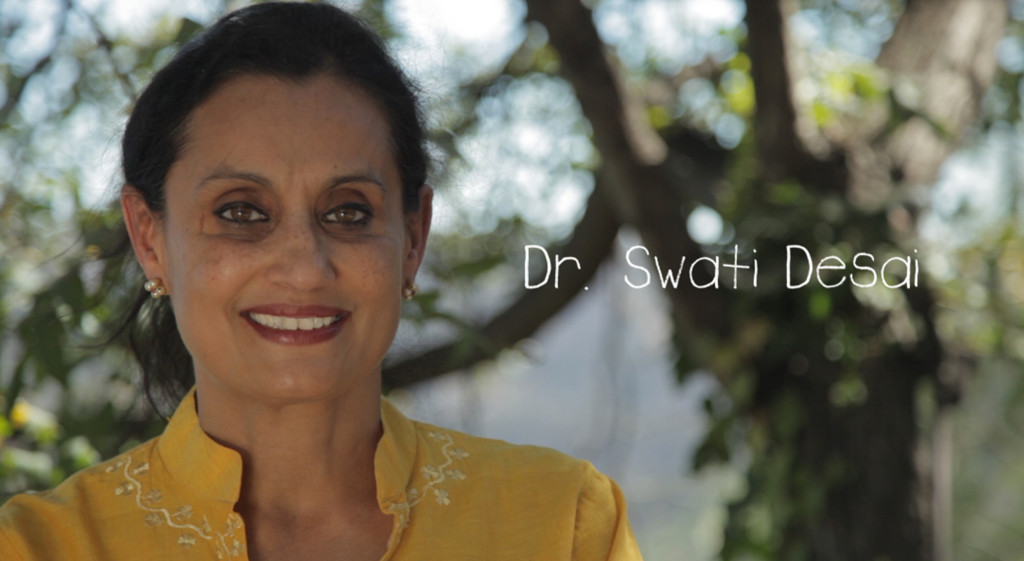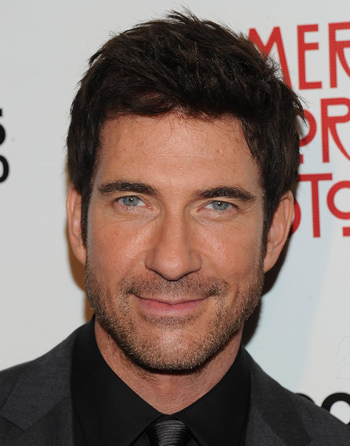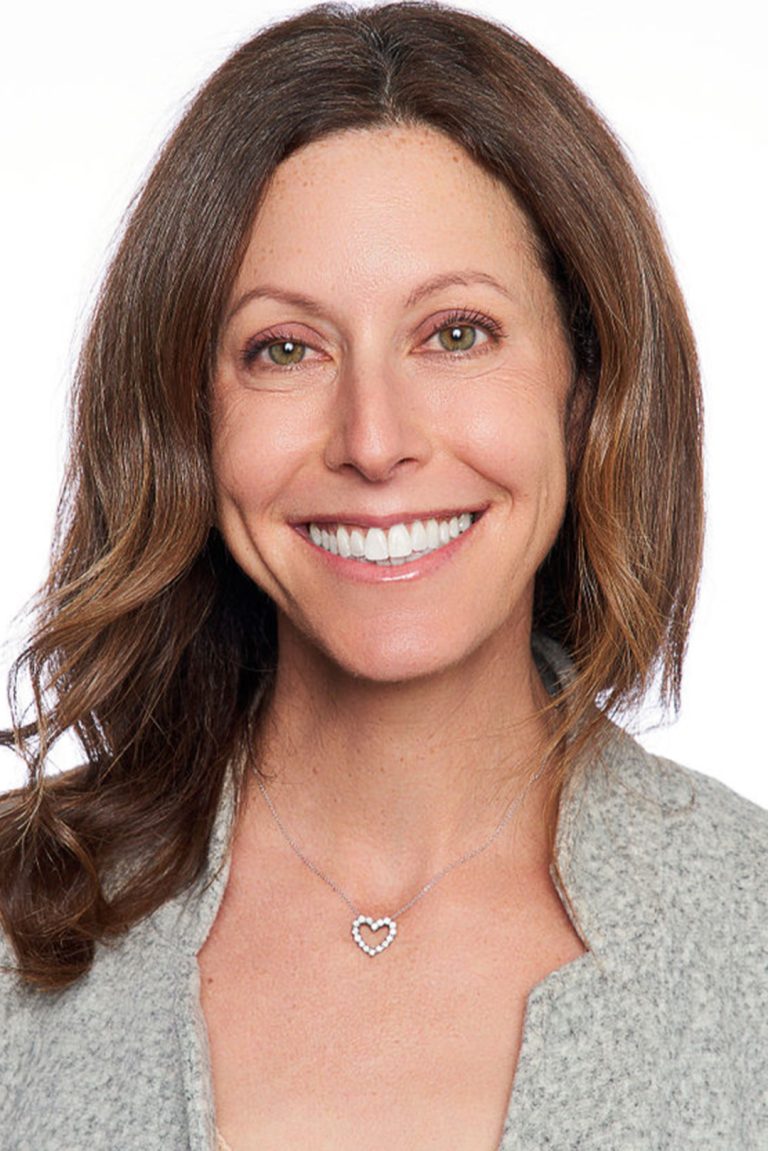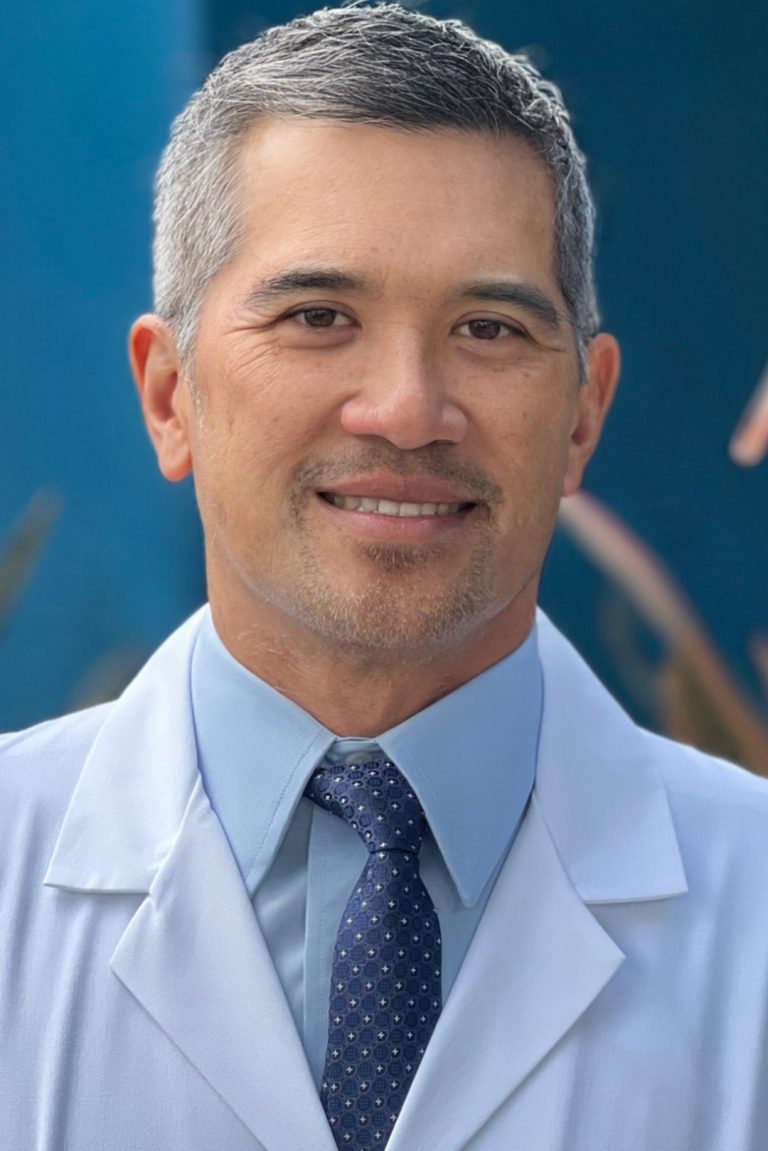Are you trying to trim fat? Do you have high cholesterol? It seems logical that cutting fatty, high cholesterol foods is the direct path to trimming body fat and and lowering cholesterol. But not all fat is bad, and not all cholesterol is bad. Indeed, good fats and good cholesterol are essential for good health.
First, let’s start with the bad. Cholesterol has a reputation of being associated with heart and blood vessel disease. These types of cholesterol or fat are called low-density lipoproteins (LDLs) and triglycerides. These fats stick to your blood vessels and cause fatty plaque formation, better known as atherosclerosis. The plaques cause narrowing of your blood vessels, blocking blood flow to and from your heart and other organs, which can lead to a heart attack or stroke. You can reduce your risk of this simply by knowing which foods to avoid. Steer clear from fried restaurant foods as they are commonly cooked canola, palm, peanut and soybean oil (i.e. bad fats). Also avoid processed meat and cheese: industrial farmed animals are fed corn and wheat and unable to exercise have high stress levels and are prone to disease —you do not want this in your body, this is bad fat. You also want to completely avoid artificial transfats, commonly found in margarine, microwavable popcorn and fast foods. Again, these fats are especially dangerous because they can increase your risk for heart disease; they are also linked to weight gain, diabetes and cancer.
But not all fats are bad. There are good cholesterol and fats known as high-density lipoproteins (HDLs). A great way to remember which one is good is that the “H” in HDL’s are happy oils and you want this level to be high, the “L” in LDLs you want to be low because they are “lousy” (a funny way to remember it). Happy fats are essential because they serve as fuel for your brain, provide lubrication to your joints, aid in cell and nerve function and balance your hormone levels. Furthermore, HDLs are healthy for your heart because they actually break down the bad cholesterol and help keep your blood vessels from hardening. HDL fats are plant oils found in nuts and seeds, avocados, coconut and olives. Meat and dairy in moderation could also be a source of good fats. But these animals fats should come from pasture raised meat and cheese only, which means that the animal is allowed to roam free and eat grass, insects, and be the sun. The result from these happy, stress-free, “fit” animals is good fats. Another essential source of HDLs are found in algae and fatty cold water fish, which are high in omega-3 fatty acids. An easy acronym to remember which fish to eat is “SMASH”, which stands for salmon (Wild Alaskan or Pacific), mackerel, anchovies, sardines and herring.
One last note on good fats and how to use them in cooking. I mentioned above that oils from olives, avocados and coconuts are examples of good fats (and canola and palm, commonly used in restaurant cooking, are bad fats). However, it is important to note that, while putting olive oil on a salad is good, using it at high heat to cook with makes it vulnerable to oxidative damage and it can become toxic. The best oils to cook with are coconut oil and avocado oil because they maintain their molecular structure even in high heat.
So, when trying to trim fat and lower cholesterol, remember not to cut the happy (HDL) fats from your diet!
Love and light,
Gina Galvez is our Certified Health Coach and Nutritionist. You can schedule an appointment with her by calling 310-451-8880 or emailing us at info@akashacenter.com



















